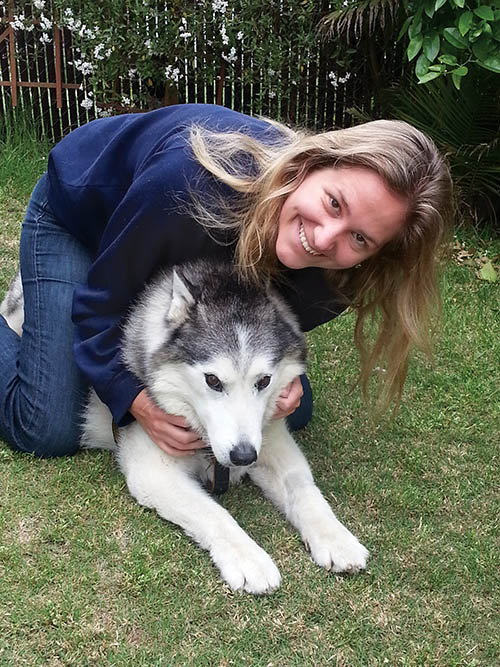 Hubble postdoctoral fellow and soon-to-be Assistant Professor at Massachusetts Institute of Technology, Hilke Schlichting is no stranger to traveling long distances. On a daily basis, Schlichting ventures three-to-five billion miles from Earth to the Kuiper Belt, a primordial ring of icy bodies in the outer reaches of our solar system. “I’m interested in all aspects of planet formation,” said Schlichting. “Our solar system provides an opportunity to study it in a way that we cannot study elsewhere.”
Hubble postdoctoral fellow and soon-to-be Assistant Professor at Massachusetts Institute of Technology, Hilke Schlichting is no stranger to traveling long distances. On a daily basis, Schlichting ventures three-to-five billion miles from Earth to the Kuiper Belt, a primordial ring of icy bodies in the outer reaches of our solar system. “I’m interested in all aspects of planet formation,” said Schlichting. “Our solar system provides an opportunity to study it in a way that we cannot study elsewhere.”
Of course, Schlichting does all her space traveling from the comfort of her office at UCLA. Using data from the nearly 1500 Kuiper Belt Objects (KBOs) scientists have identified since 1992, Schlichting studies size distribution, especially for objects larger than 100 km across. Objects of this size, including the well-known dwarf planet, Pluto, are important because “planet formation never proceeded to completion for these bodies,” said Schlichting. “It’s an ideal laboratory for testing planet formation theories.”
No one knows exactly how planets form. “We know there is a gaseous disk that surrounds a star or stars in the beginning,” said Schlichting, “but we can’t observe the early stages of formation because the gas blocks our view.” To predict exactly what happens in the early stages of planet formation, Schlichting creates models that try to reproduce the distribution of objects observed in the Kuiper Belt. From her models she has learned that planet formation goes through a phase called “runaway growth,” a time when a relatively small fraction of the total mass coalesces very quickly into large objects. “The model matches the large KBOs, which are frozen in the runaway growth phase,” she said.
Schlichting has also conducted research to identify very small objects in the Kuiper Belt. “The objects are too small to reflect much sunlight back to Earth,” said Schlichting. Instead, she observes a large number of background stars in hopes that a small object will pass in front of one of the stars, thereby blocking out some of the starlight. Seeing these ephemeral objects is rare, and Schlichting has detected only two from an immense data set that was collected by Hubble Space Telescope over a period of more than 16 years.
In July 2013, Schlichting, her husband, and her Alaskan malamute, Amir, will leave sunny California to brave the shores of the Atlantic in Boston, Massachusetts. “Amir is such a California dog,” Schlichting said. “He won’t even go outside if it’s raining.” Regardless of 100-pound Amir’s reluctance to brave the elements, Schlichting looks forward to continuing to solve the mysteries of planetary formation at her new institute. “I’ve learned many things from UCLA’s Department of Earth & Space Sciences that I never would have learned in an astrophysics department. It has been a very stimulating place,” she said. “Moving to Boston will be quite a challenge, hopefully in a good way.”
Watch a video profile of Hilke here. Learn more about her research here.
